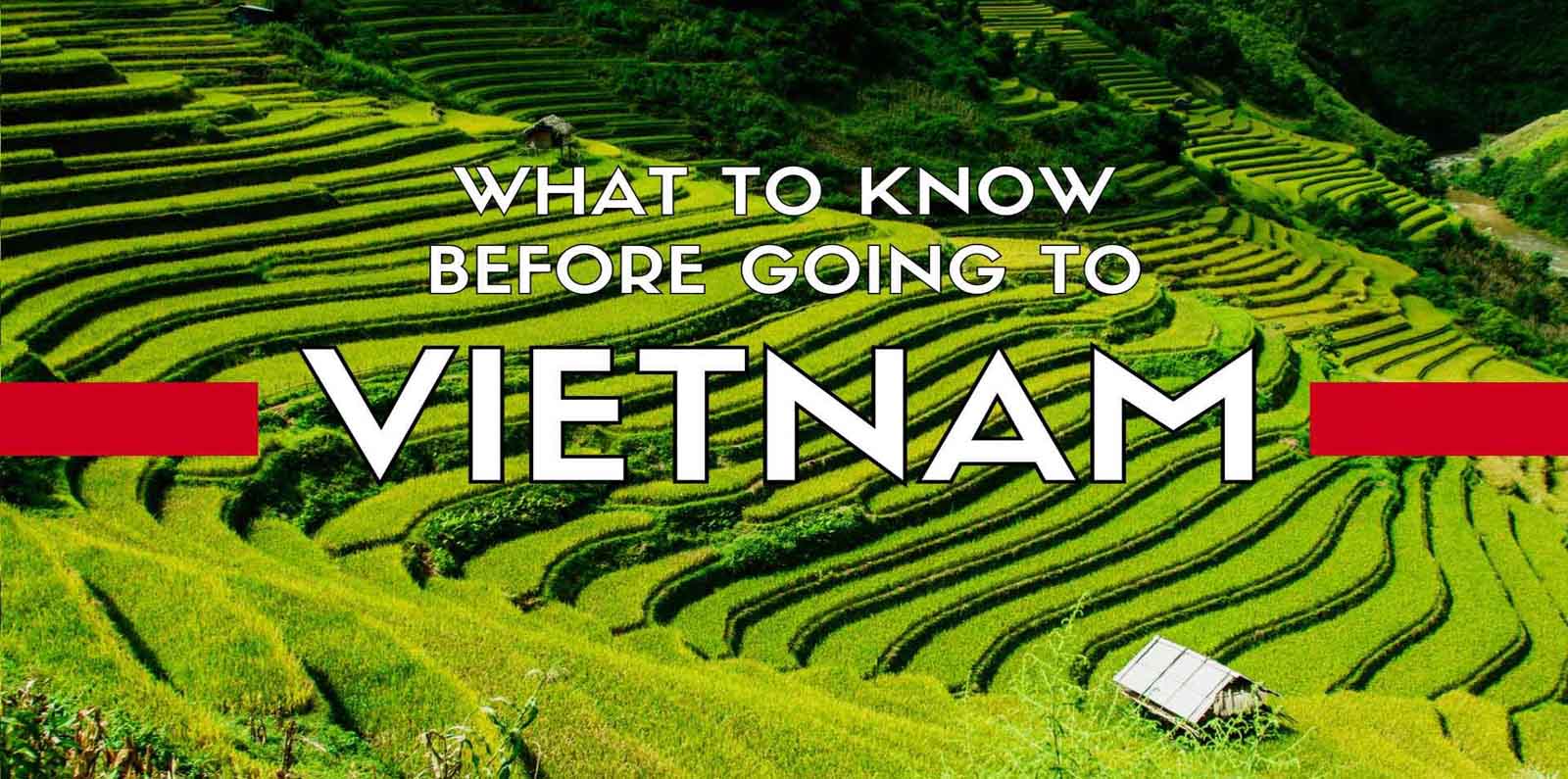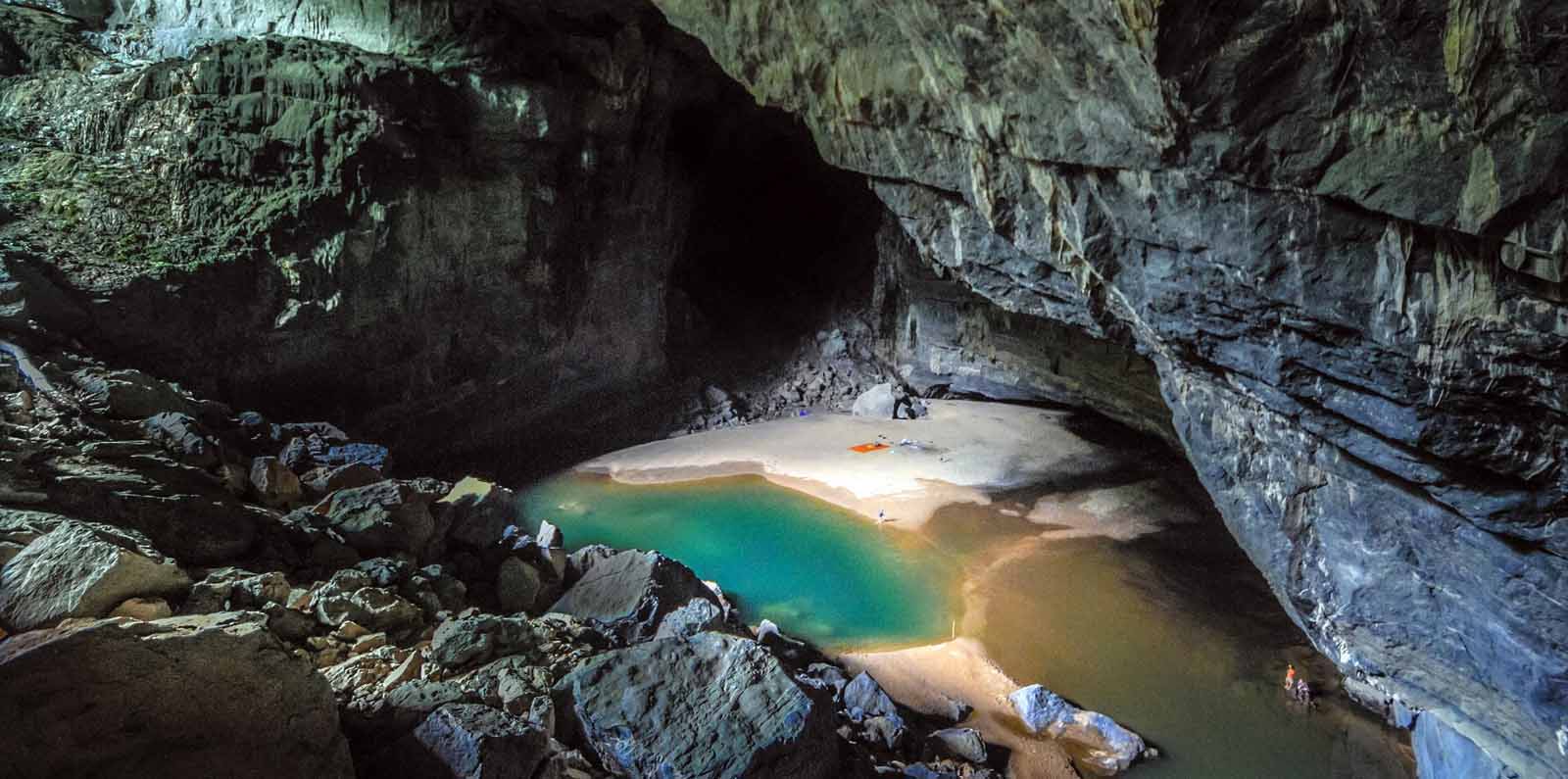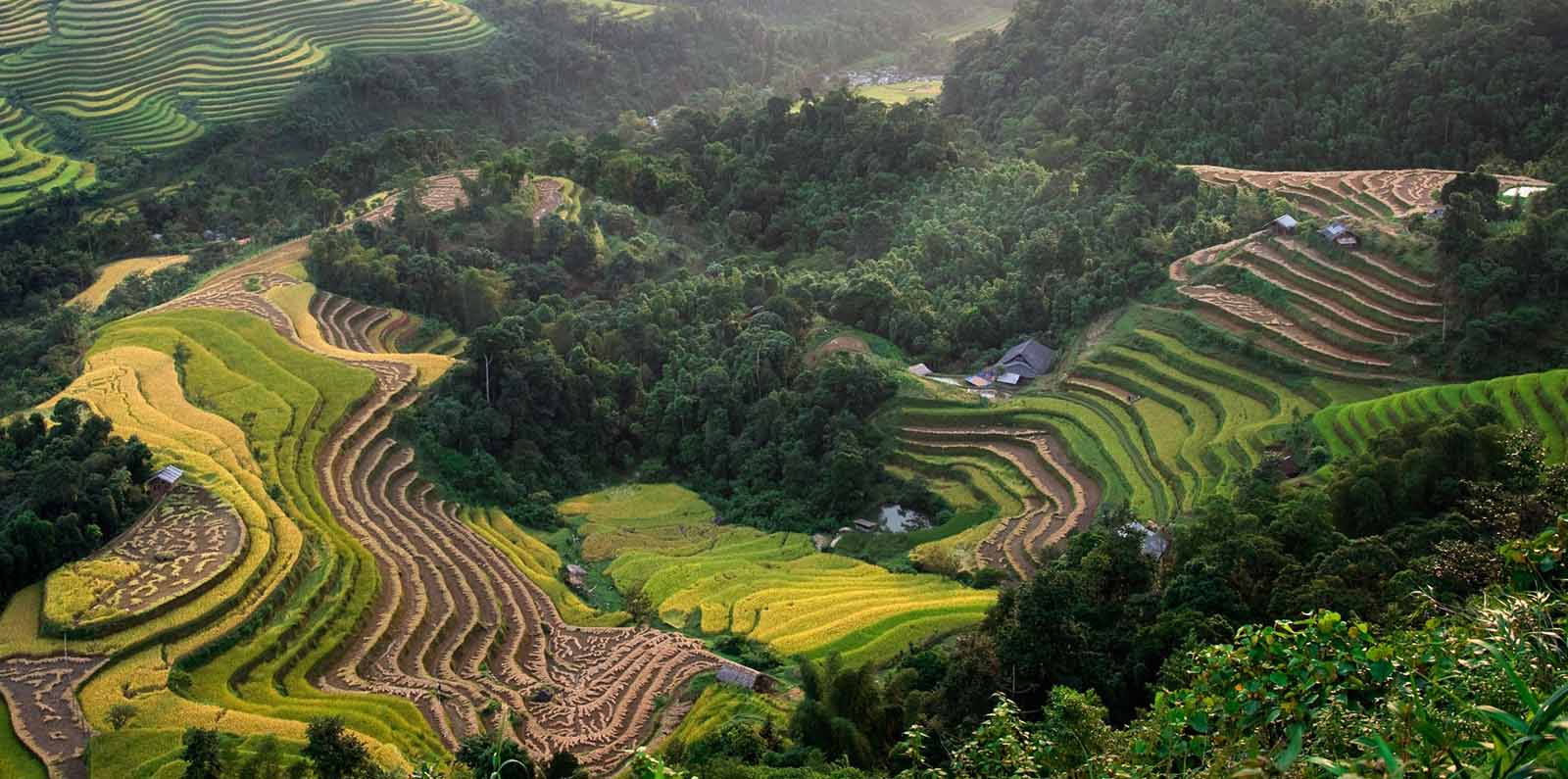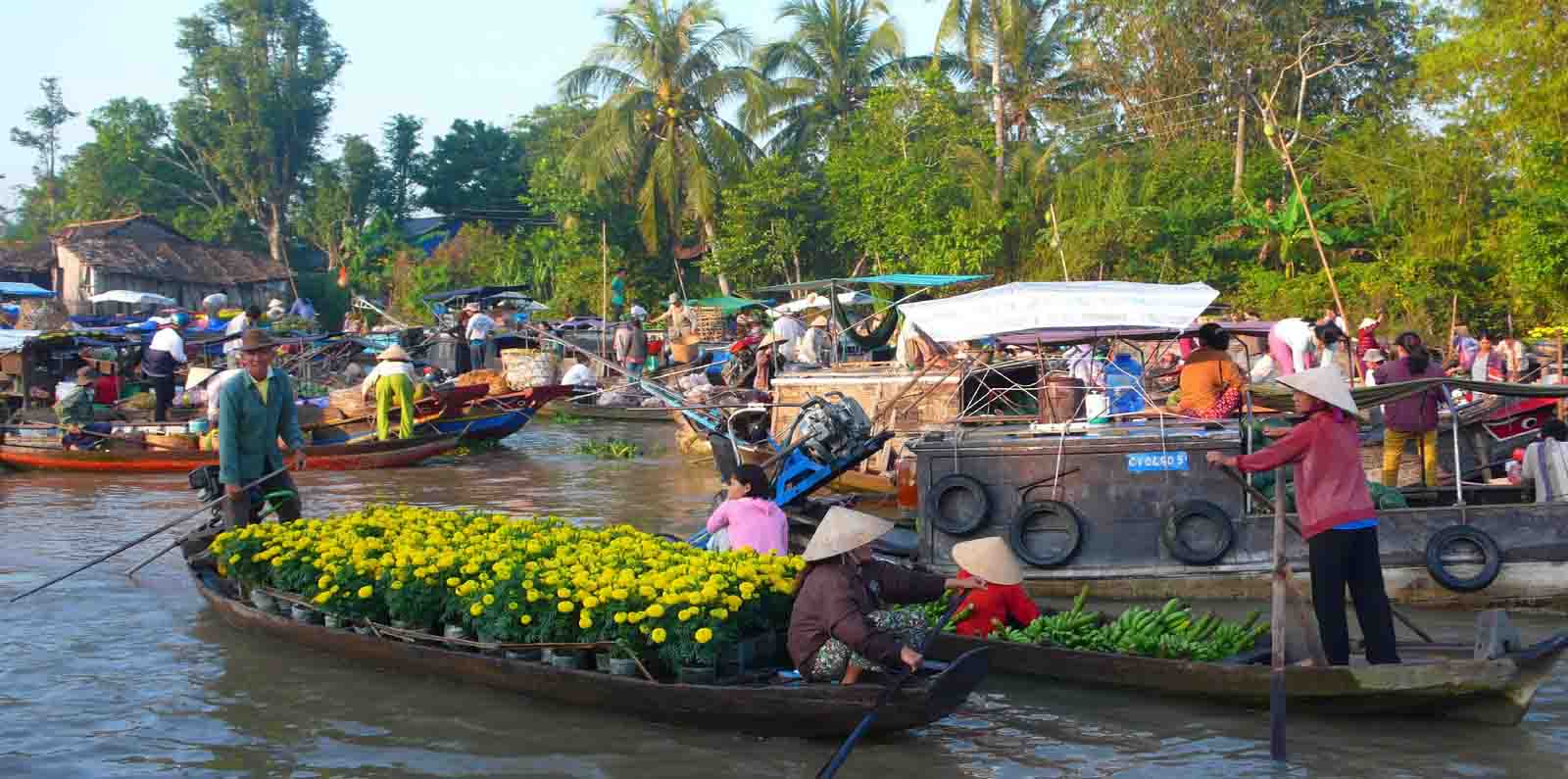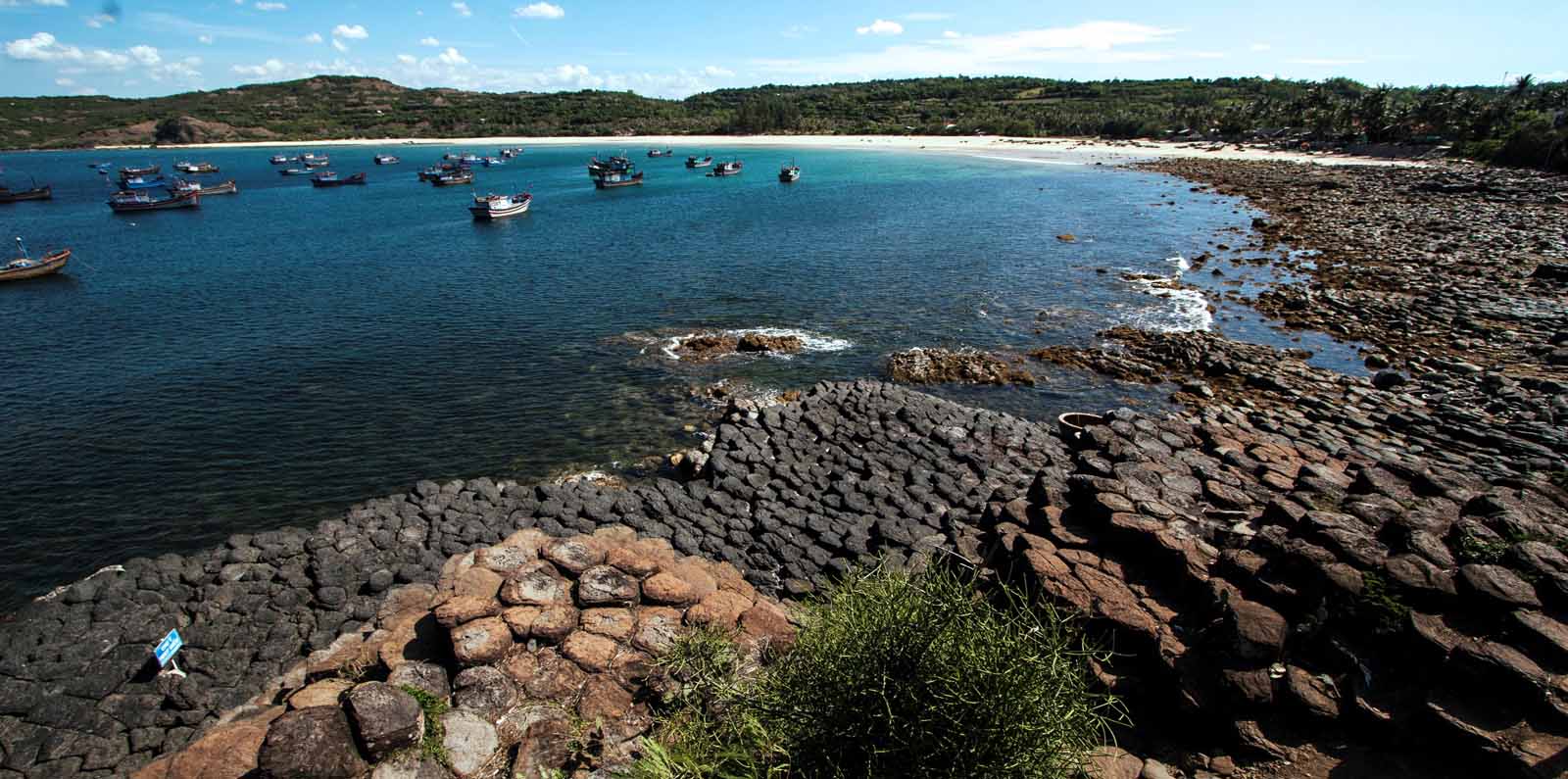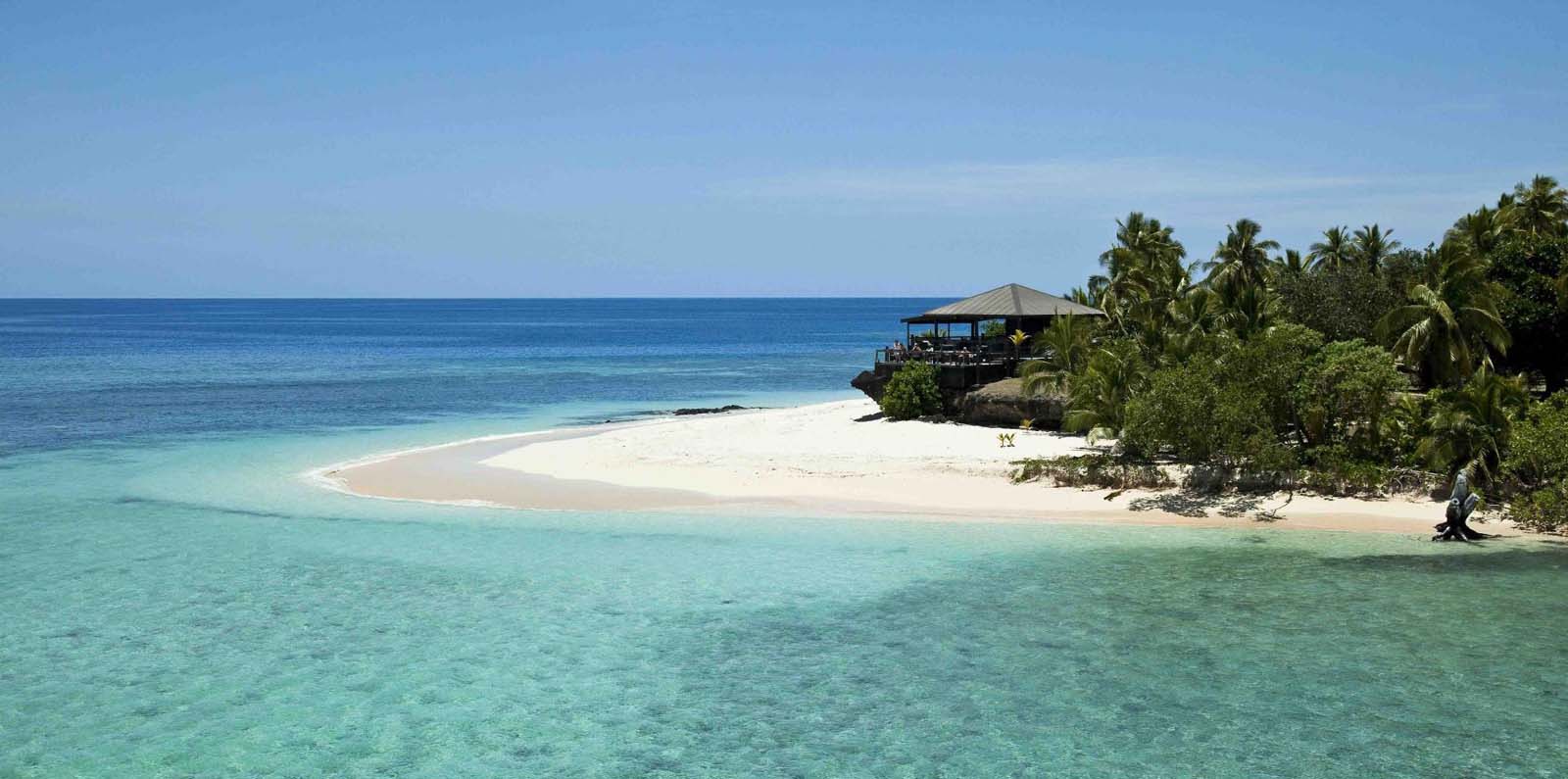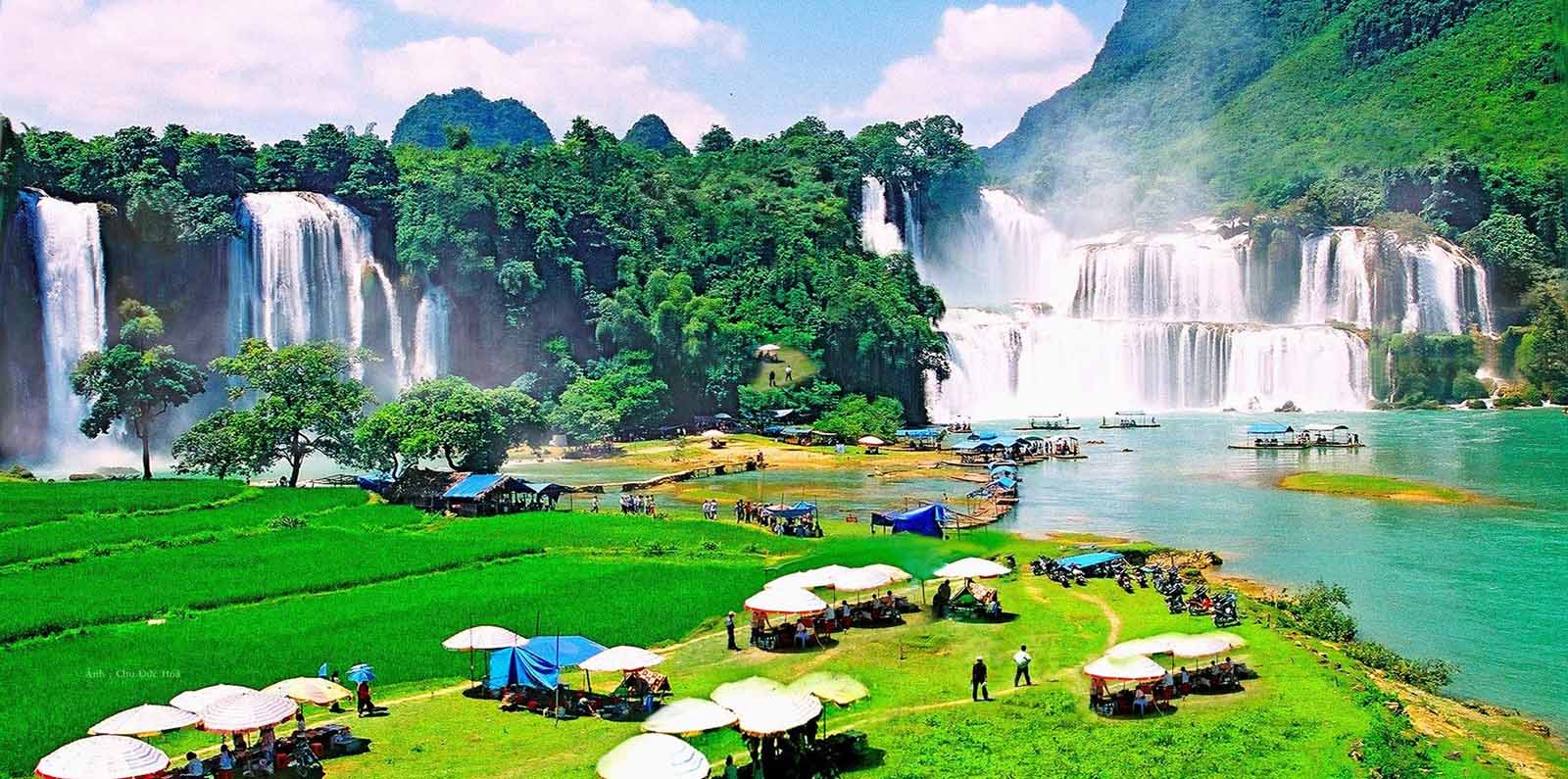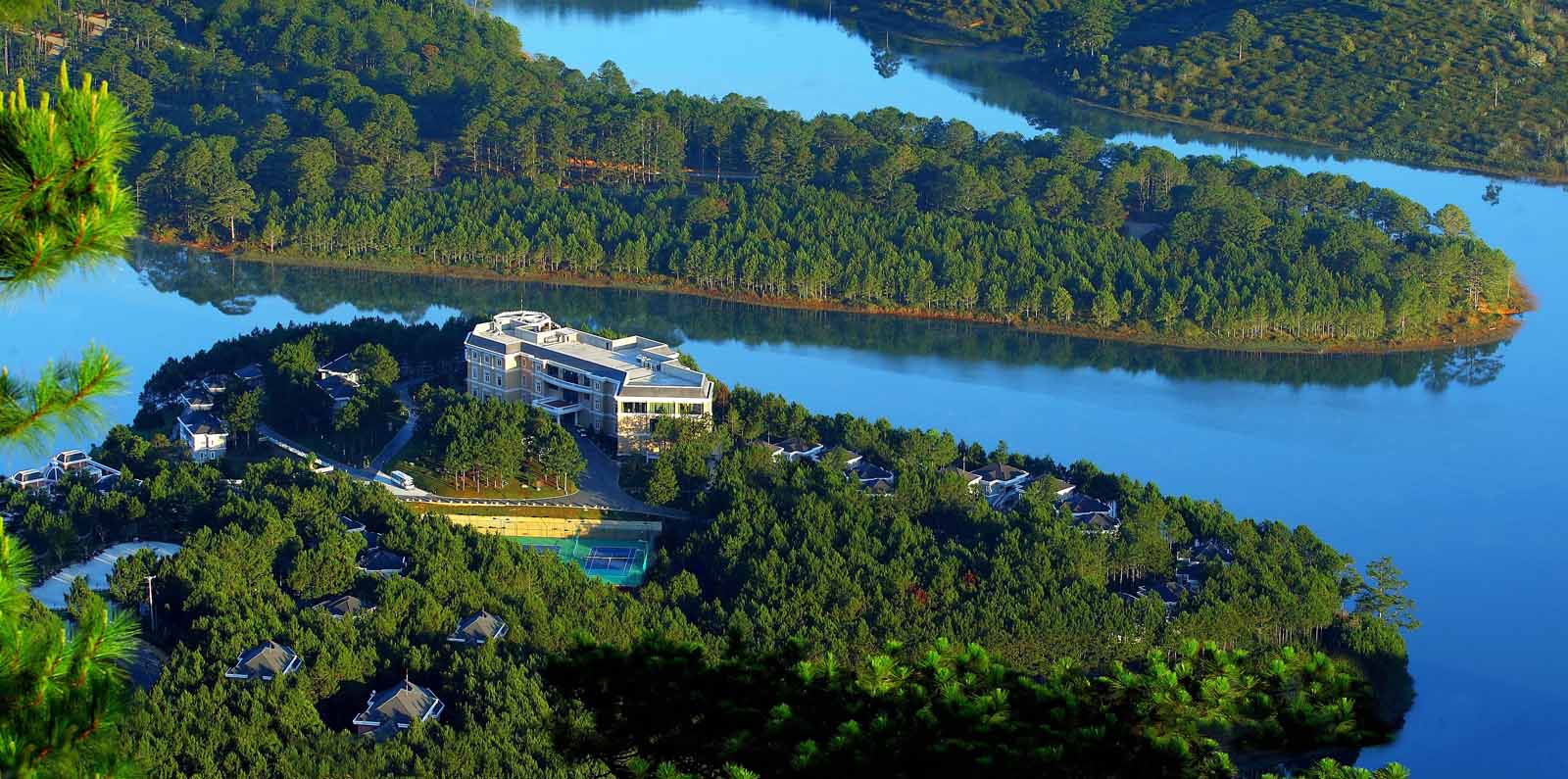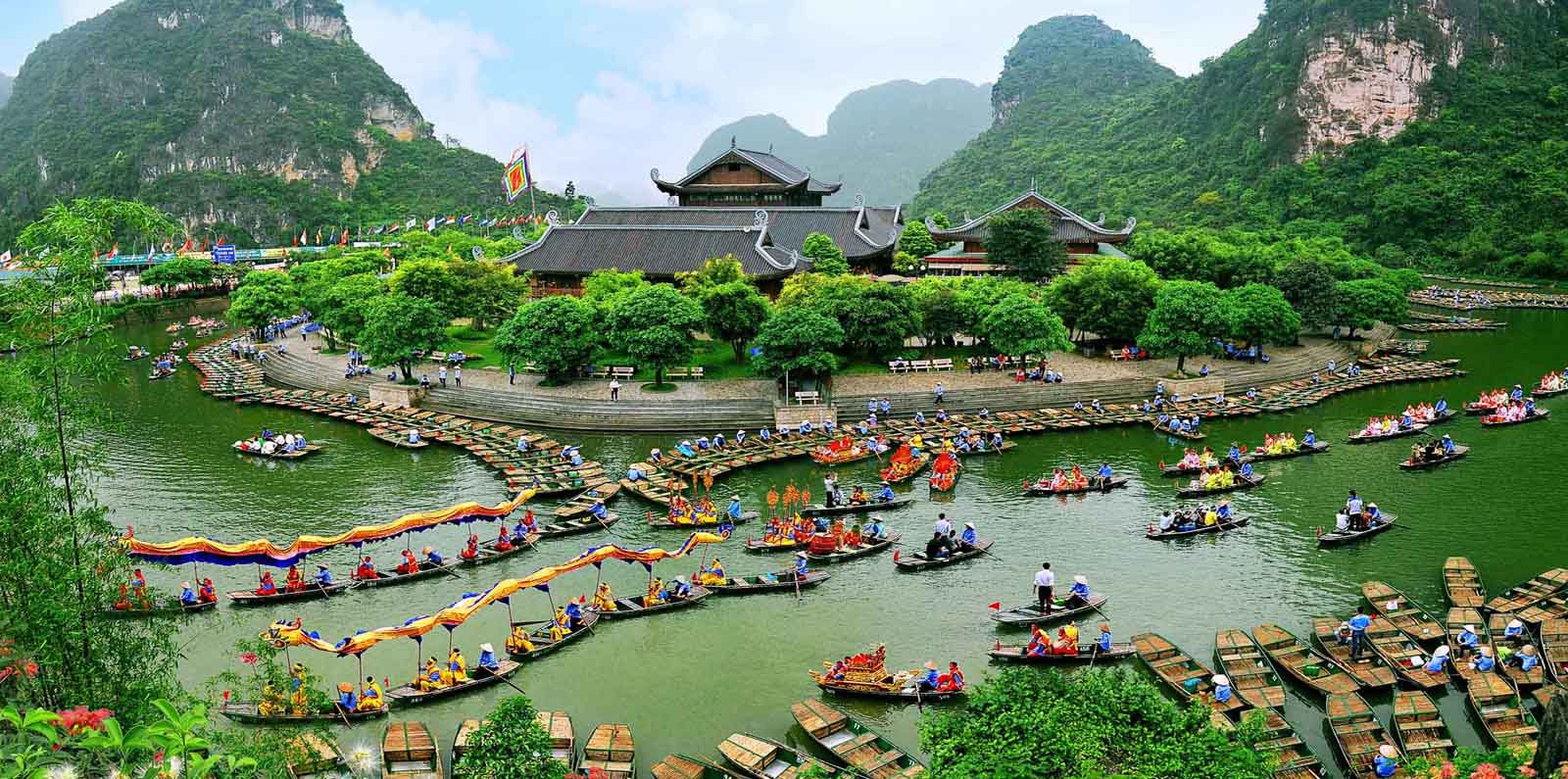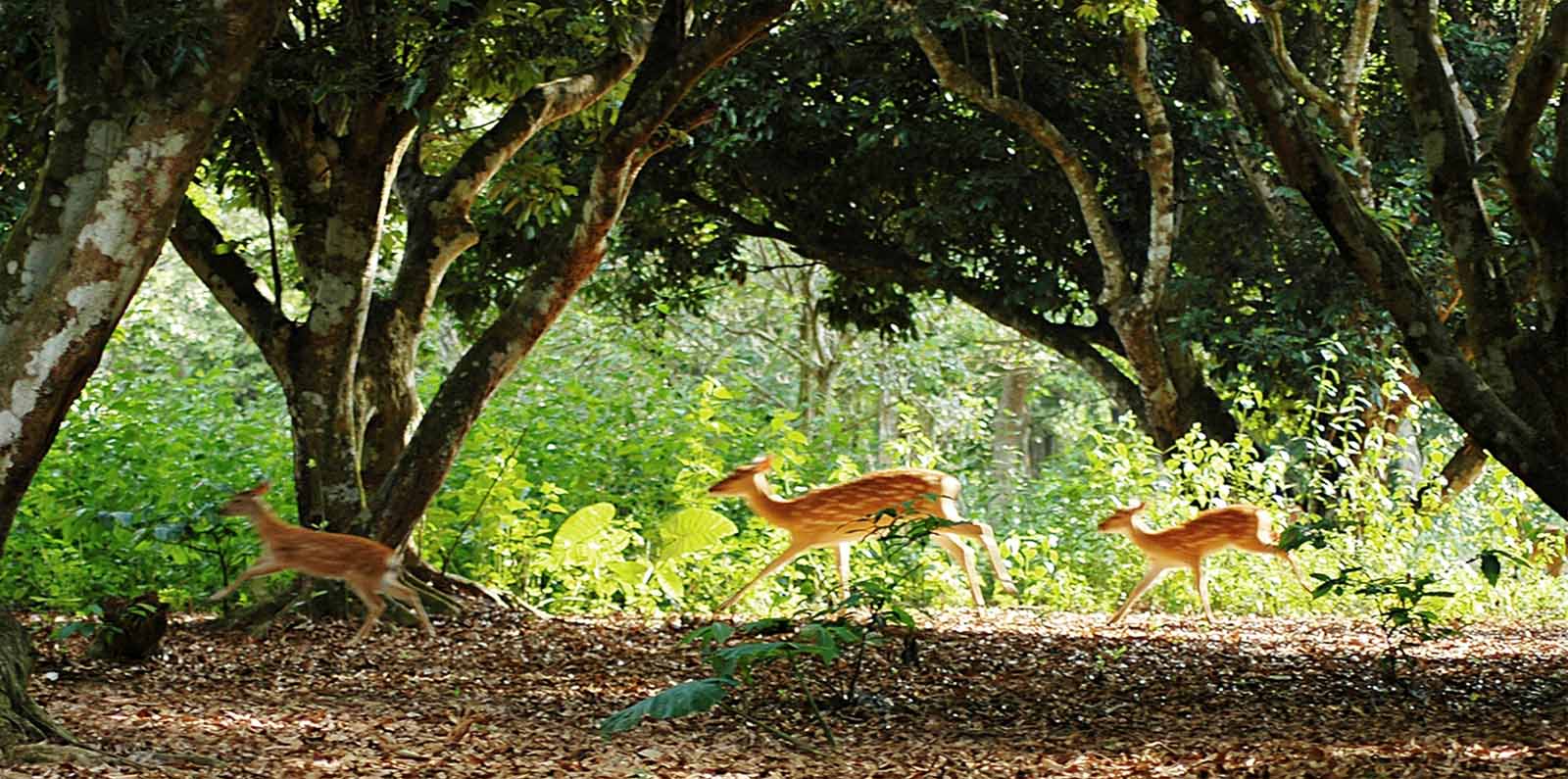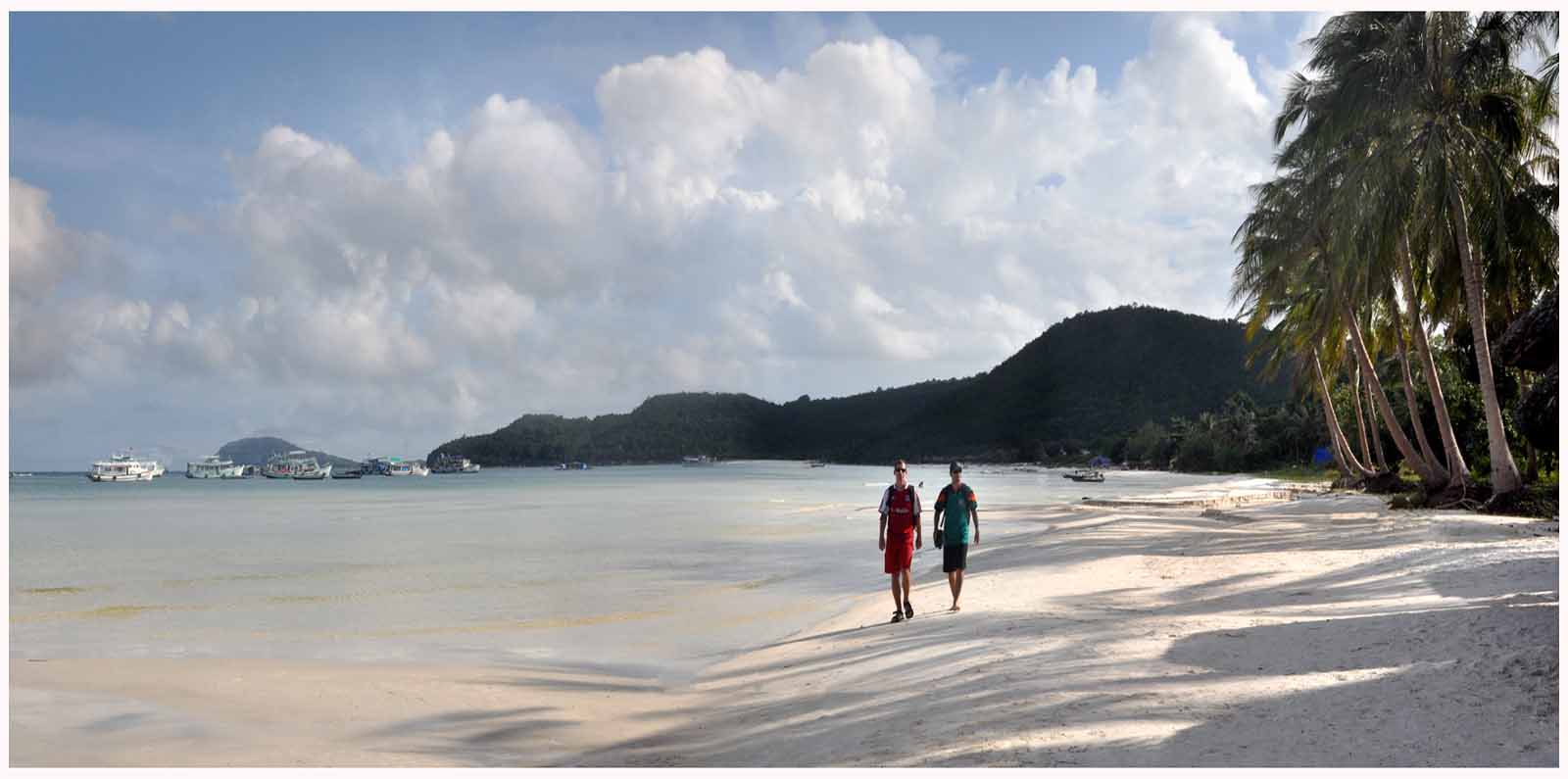“Vietnam is beautiful.” It's a phrase that may get thrown around too easily, but it's true.
Even if you don't like the people, the service or the way tourism is run here, Vietnam is beautiful. And there are reasons for this.
The Thu Bon River flows through central Vietnam, including the ancient town of Hoi An where it is known as the Hoai River.
Son Doong, the world’s largest cave in Phong Nha-Ke Bang National Park, Quang Binh Province. Son Doong, or Mountain River, stretches more than six kilometers (3.7 miles) underground and boasts at least 150 individual grottoes and a dense subterranean jungle intertwined by rivers and fossilized corridors.
Sa Pa, the roof of Indochina. This highland town in Vietnam’s north has become more touristy in recent years, but that has not made it any less attractive. In February, travel publisher Rough Guides released its list of the top 10 places in Southeast Asia, as voted by its readers, and on the list were Vietnam's Hoi An and Sa Pa. “Hike to tiered rice terraces in the plunging Muong Hoa Valley, overnight in mist-wrapped hills, or ascend Mount Fan Si Pan, the highest peak in Indochina and an unbeatable experience in the smoky light of dawn,” it suggested
Can Tho, “one of the most picturesque cities along the Mekong River Delta,” as described by CNN Travel. Get lost in the waterways, fruit orchards, paddy fields, mangroves and its signature floating market.
Son Tra Peninsula, which covers more than 4,400 hectares (10,880 acres), rises to 700 meters at its peak, and acts as a natural shield for the central city of Da Nang. Home to hundreds of species of fauna, including 22 endangered species, the peninsula is best known for the world’s largest population of the endangered red-shanked douc langur.
Hoi An, one of the country's top tourist destinations. “But the steady stream of travelers doesn't take away from the charm of this 15th-century trade port,” said CNN. A UNESCO World Heritage Site, Hoi An casts a spell on tourists with its colorful lanterns, tailor shops, old yellow houses with tiled roofs and tiny alleys
Dong Van, A UNESCO Global Geopark at the northernmost point of Vietnam. Of all the rising stars on Vietnam's tourism map, it is no exaggeration to say that Dong Van Plateau of Ha Giang Province is one of the few destinations to have remained authentic
Ghenh Da Dia, a seashore area of interlocking basalt rock columns that lies along the coast of An Ninh Dong Commune, Phu Yen Province in central Vietnam. The area is about 100 meters wide and 250 meters long, and has an estimated 35,000 basalt columns.
Con Dao, an island off the southern coast of Vietnam that was dubbed one of the 20 most mysterious islands on Earth by Travel and Leisure last year. Con Son, the only inhabited and largest island in the 16-island Con Dao Archipelago, once a notorious prison island, is described by TIME as an unspoiled island with granite cliffs outlining the crystalline water, where “beaches are lined with golden sand and gorgeous blue water.”
Ban Gioc Waterfall. Ban Gioc straddles the Vietnam-China border and is the fourth largest waterfall along a national border, after Iguazu, Victoria and Niagara falls. The falls look at their most majestic during the rainy season from June to September, dropping up to 30m (98 ft).
Da Lat. Known as the "Sa Pa of the South," Da Lat’s weather is mild, cool and fresh all year round. And aside from the comfortable weather, it would be a huge mistake not to mention its romantic scenery.
Trang An, a limestone complex in the northern province of Ninh Binh. From here, boat after boat sets out to explore a maze of 250-million-year-old limestone karst towers and waterways, which covers over 6,000 hectares (14,800 acres). According to UNESCO, the Trang An Complex displays signs of human activity from more than 30,000 years ago.
Hue. Hue served as the capital of Vietnam from the mid-1500s until 1945, and thus it boasts a royal theme that is hard to be found anywhere else in the city. Do not miss the royal palaces, signature food and a tour down the Perfume River.
Cuc Phuong National Park in the northern province of Ninh Binh is a place to get back to Mother Nature.
Phu Quoc Island. The “pearl island” off Vietnam’s southern coast has long been praised for its smooth, sandy beaches, jungles, calm seas, turquoise waters and fresh seafood.


